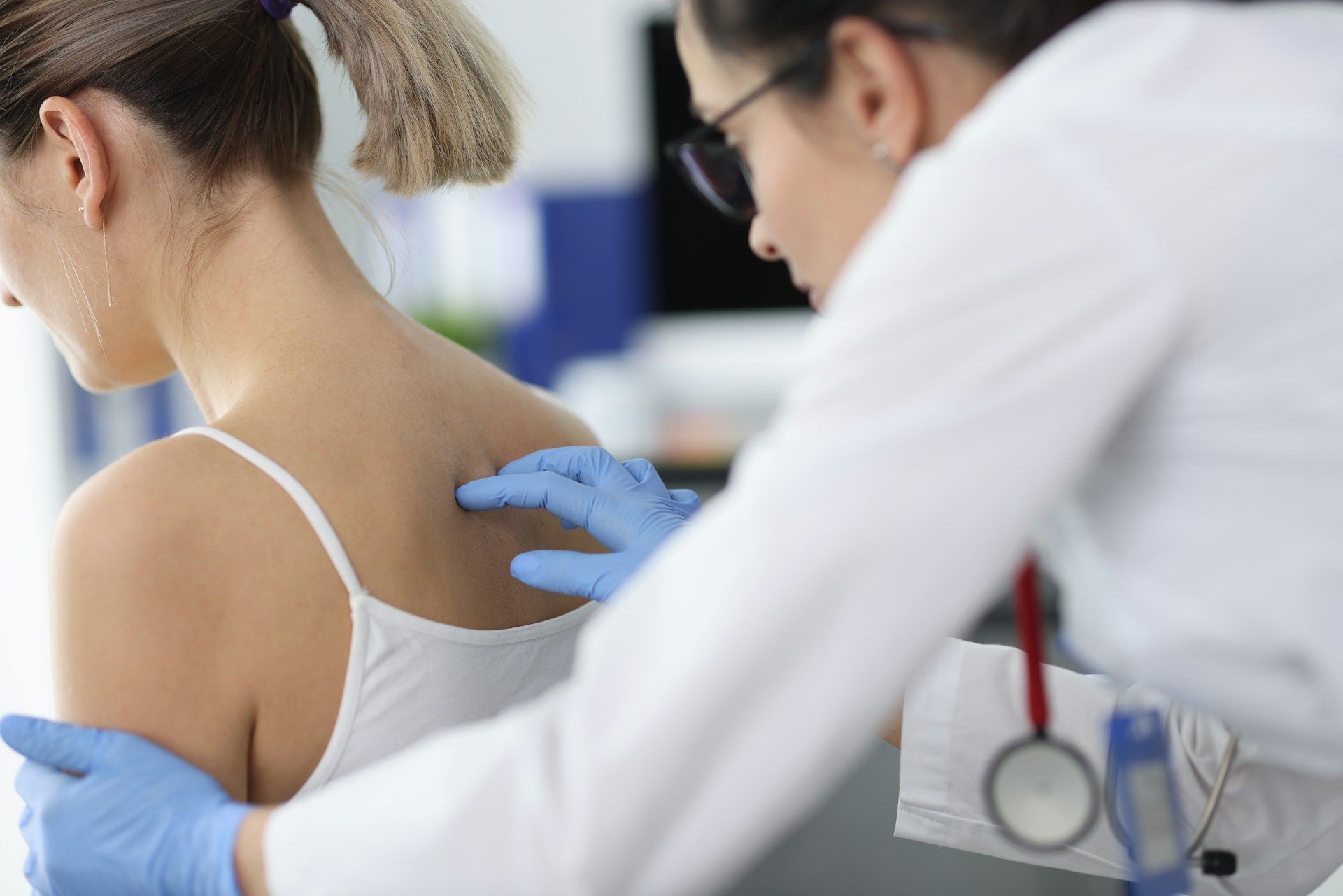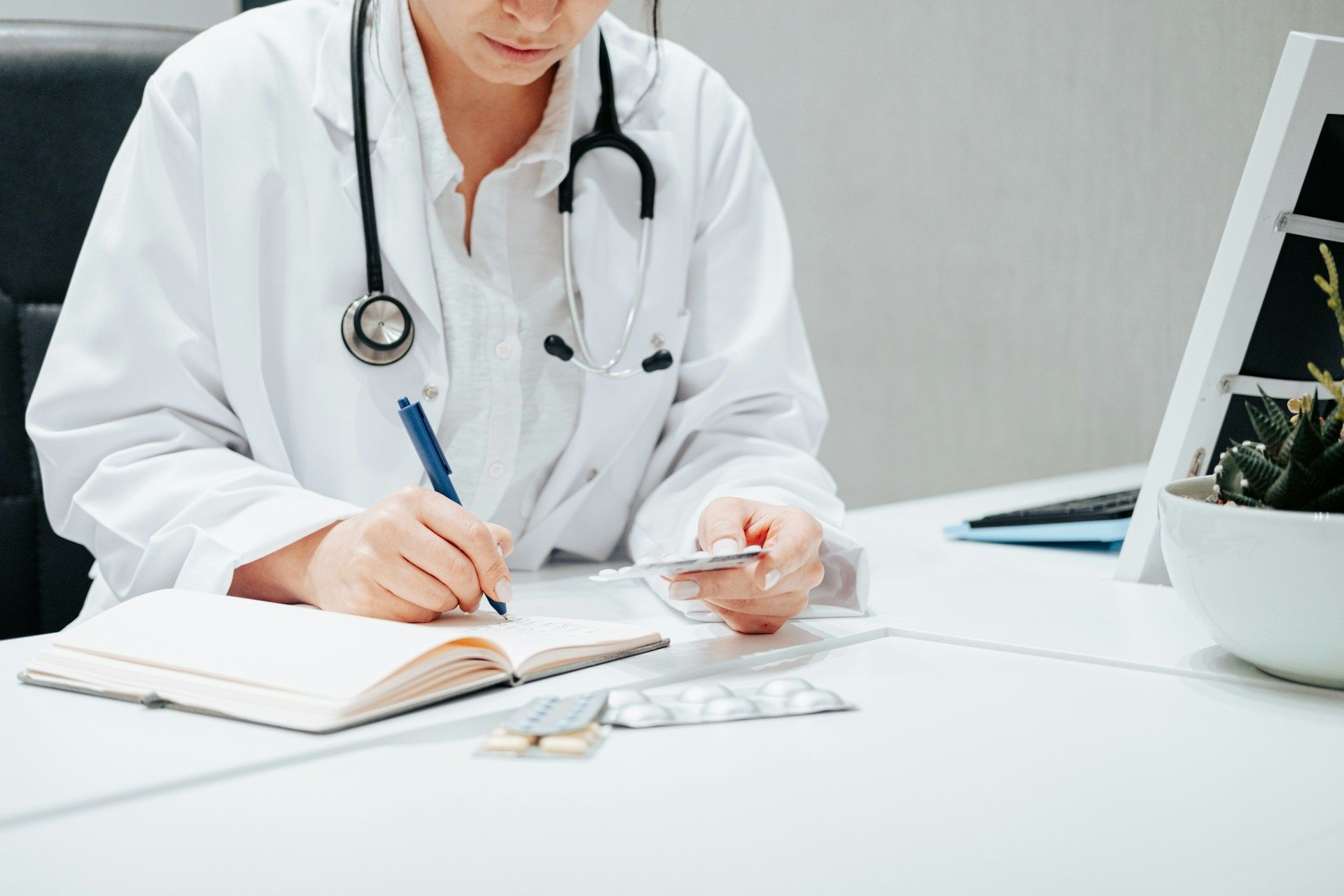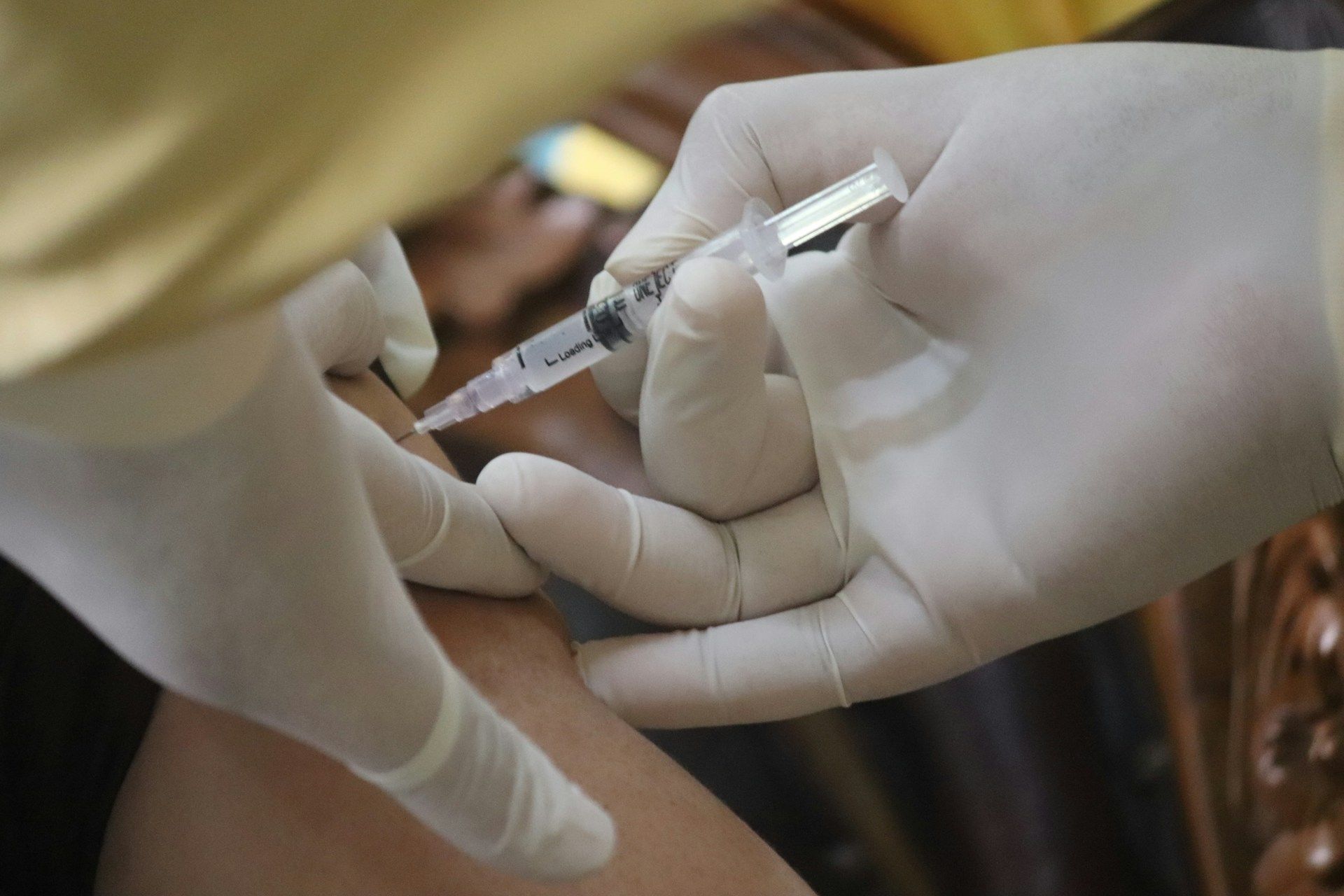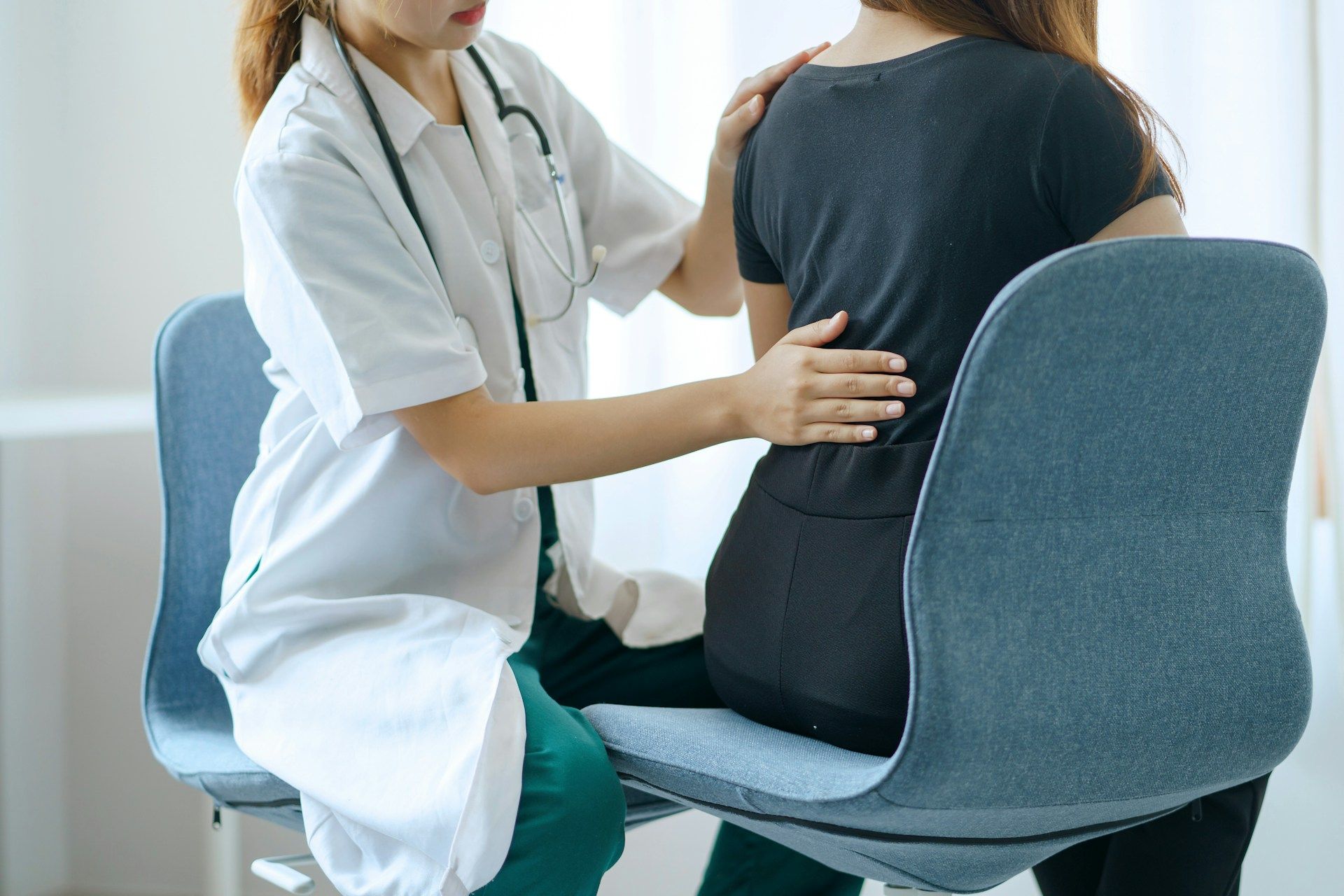Interventional Pain Management for Complex Regional Pain Syndrome
Complex Regional Pain Syndrome (CRPS) is a chronic pain condition typically affecting a limb after an injury. This condition is often characterized by prolonged or excessive pain and changes in skin color, temperature, and swelling in the affected area.
This article will dive into what CRPS is, how it is diagnosed, interventional pain management techniques, and how lifestyle changes can support treatment. Understanding and managing CRPS can be challenging, but knowing what it entails is the first step toward managing its effects.
What Is Complex Regional Pain Syndrome (CRPS)?
Complex Regional Pain Syndrome (CRPS) is a chronic pain condition that most often affects the limbs, typically occurring after an injury, such as a fracture or sprain. It is characterized by intense pain that is out of proportion to the severity of the initial injury. The pain is usually burning or throbbing and can persist long after the initial injury has healed.
In addition to pain, CRPS can cause swelling, changes in skin color and temperature, and abnormal sweating in the affected limb. The skin might appear shiny and thin, and hair and nails may grow differently. Stiffness and muscle spasms are also common, making it difficult to move the affected limb.
Researchers believe that CRPS is caused by an injury to the central or peripheral nervous system. It's not entirely clear why some people develop CRPS while others do not. Factors such as genetics, the severity of the injury, and psychological factors might contribute to the development of CRPS.
Diagnosing CRPS: What to Expect
Diagnosing CRPS can be challenging because its symptoms are similar to those of other conditions. The diagnosis is primarily based on a detailed medical history and a thorough physical examination. Your doctor will look for symptoms like severe pain, swelling, and changes in skin color or temperature in the affected area.
Several tests might be used to support the diagnosis. A bone scan can help to identify changes in bone metabolism that occur in some cases of CRPS. X-rays can reveal bone changes that might suggest CRPS. Additionally, an MRI can show tissue changes and rule out other possible causes of your symptoms.
Doctors may also use a diagnostic method called the Budapest Criteria, which helps to identify CRPS based on specific signs and symptoms. These criteria include continuing pain disproportionate to any inciting event and the presence of symptoms in categories such as sensory, vasomotor, sudomotor, and motor/trophic changes. Meeting the criteria in multiple categories helps confirm the diagnosis of CRPS.
Interventional Pain Management Techniques for CRPS
Managing CRPS effectively often requires advanced interventional pain management techniques. These methods target the pain at its source to provide significant relief. One common technique is nerve blocks. During a nerve block, an anesthetic is injected near specific nerves to block pain signals from reaching the brain. This can offer immediate relief and improve mobility.
Another technique involves spinal cord stimulation. This procedure places a small device near your spinal cord, which sends electrical impulses to disrupt the pain signals. Many patients find that this not only reduces pain but also improves their ability to perform daily activities.
Sympathetic nerve blocks are another option. These involve injecting medication around the sympathetic nerves, which control blood flow and sweating. This can help with both pain and the abnormal skin changes associated with CRPS. Intrathecal drug pumps, which deliver pain medication directly to the spinal fluid, can be considered for severe cases. These pumps provide continuous pain relief without the side effects of oral medications.
How Lifestyle Adjustments Can Support CRPS Treatment
Besides medical interventions, certain lifestyle adjustments can greatly support the treatment of CRPS. Gentle exercises, such as stretching and low-impact activities like swimming, can keep your muscles flexible and reduce stiffness. Physical therapy can also be beneficial in maintaining movement and strength.
Stress management techniques, like mindfulness, meditation, and deep breathing exercises, can help manage pain levels. Stress can worsen CRPS symptoms, so finding ways to relax and reduce anxiety is crucial. Additionally, maintaining a balanced diet rich in anti-inflammatory foods, such as fruits, vegetables, and lean proteins, can support overall health and potentially reduce pain.
Adequate rest is another important factor. Ensuring you get enough sleep every night can help your body heal and cope better with pain. Try to establish a regular sleep routine and create a relaxing bedtime environment. Support groups and counseling can also be important. Connecting with others who have CRPS or engaging in therapy can provide emotional support and coping strategies.
Conclusion
Living with CRPS is challenging, but you don’t have to manage it alone. Combining professional medical treatments with supportive lifestyle changes can pave the way for a more manageable and less painful life. The goal is to find the right balance of treatments that work specifically for you.
If you're struggling with CRPS and seeking effective pain management in Cumming, GA, look no further than Apollo Spine and Pain Center. Our team is dedicated to helping you explore the best options to manage your pain and improve your quality of life. Reach out to us today to start your journey towards better health.












